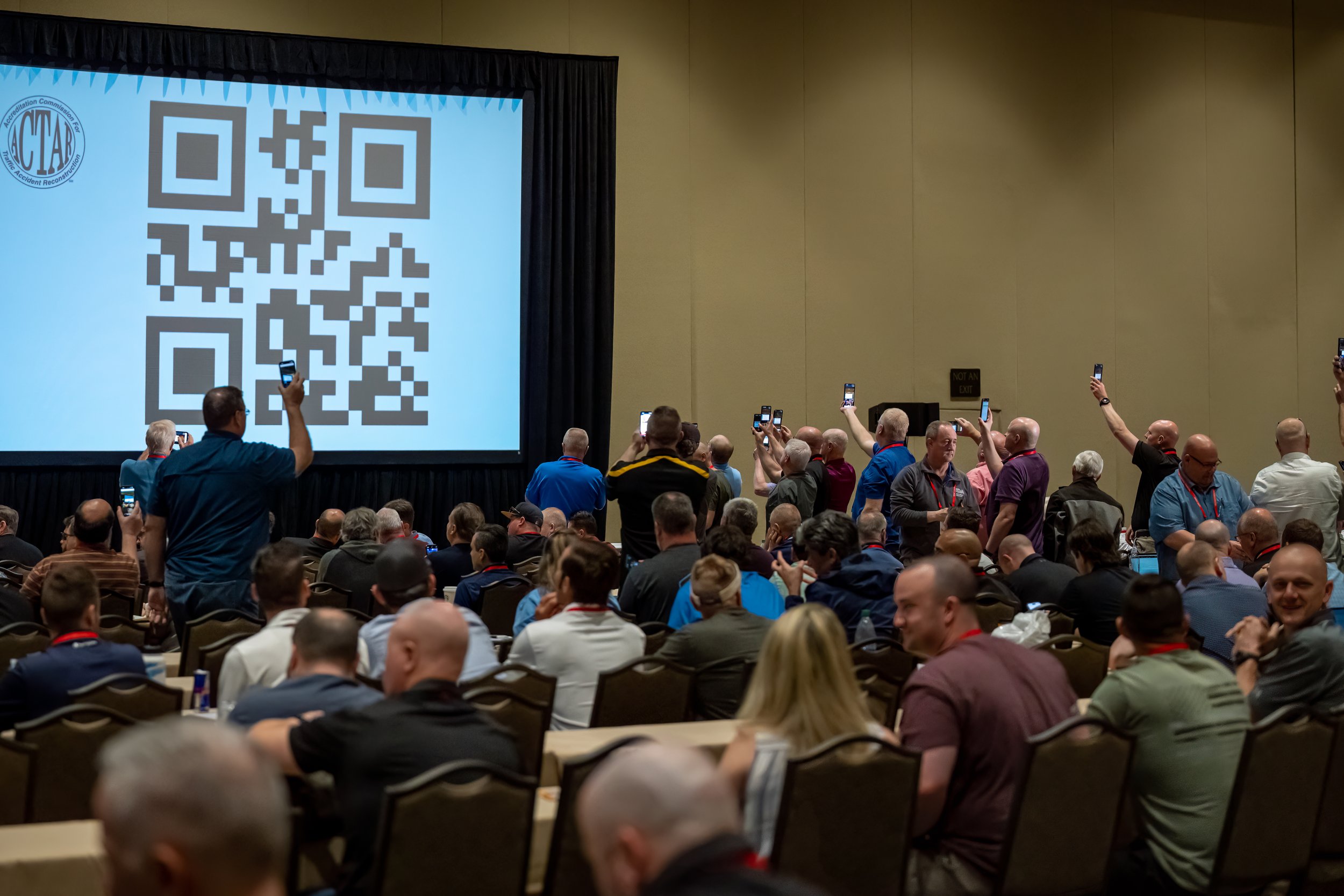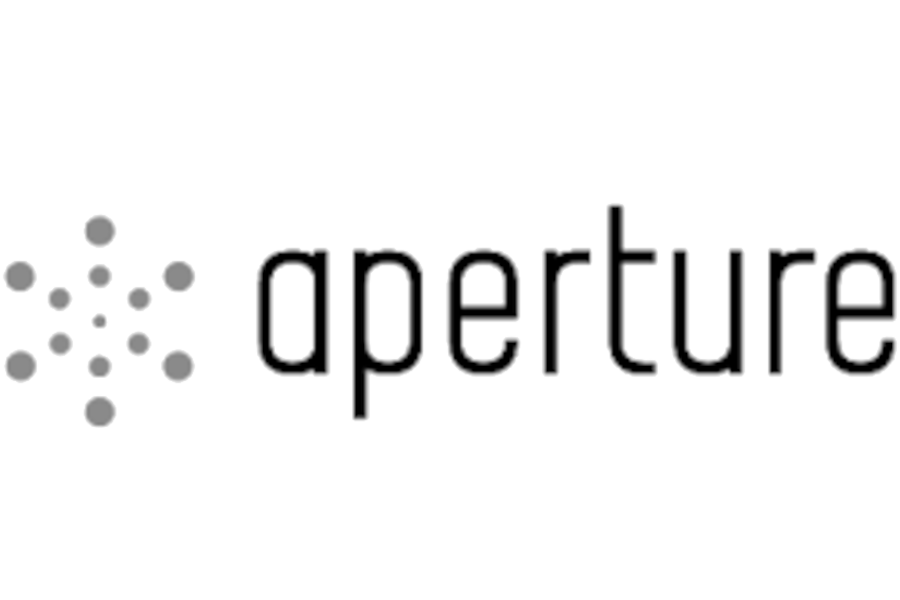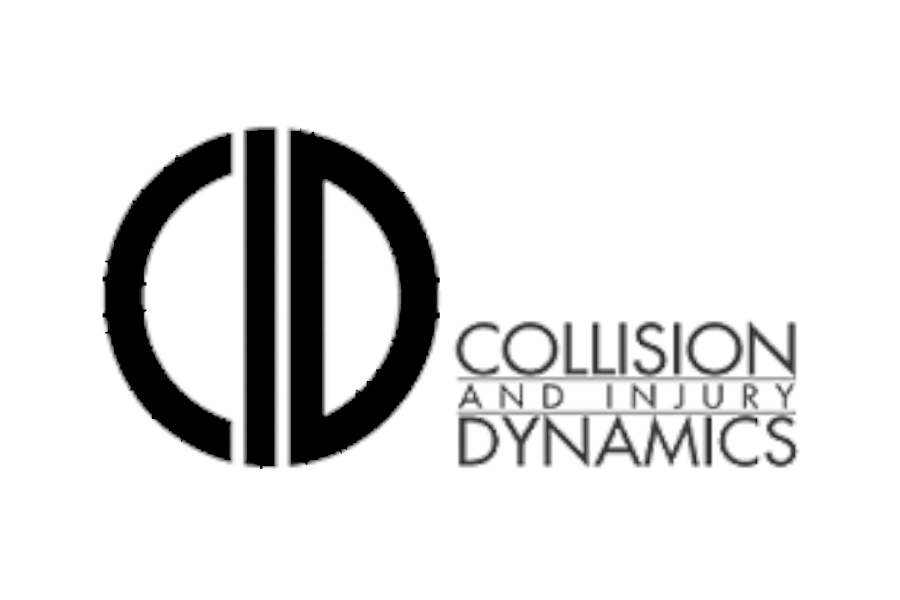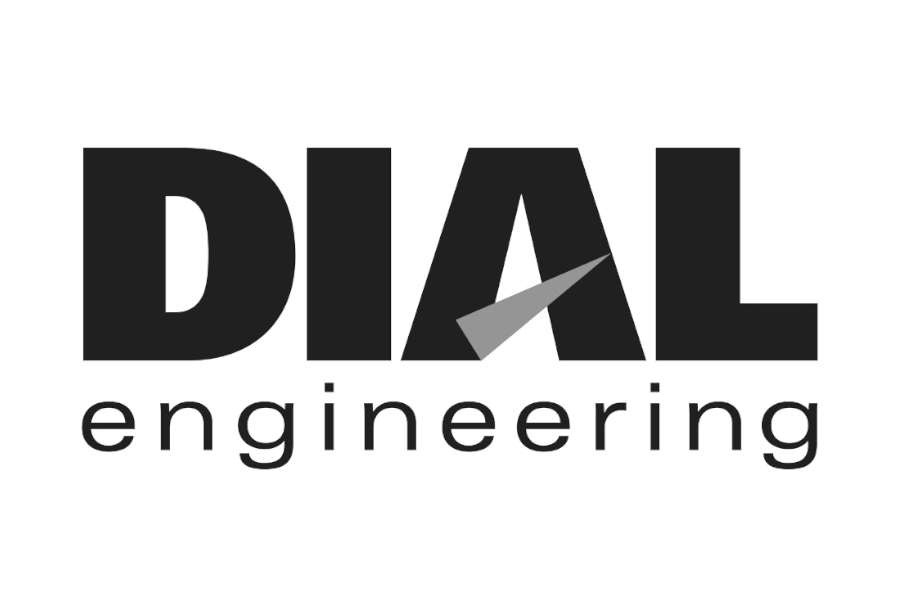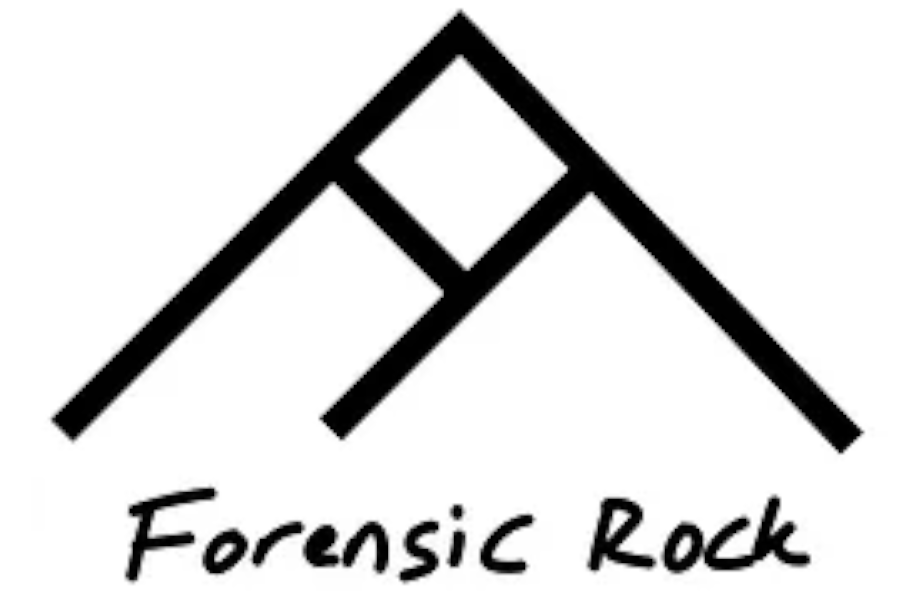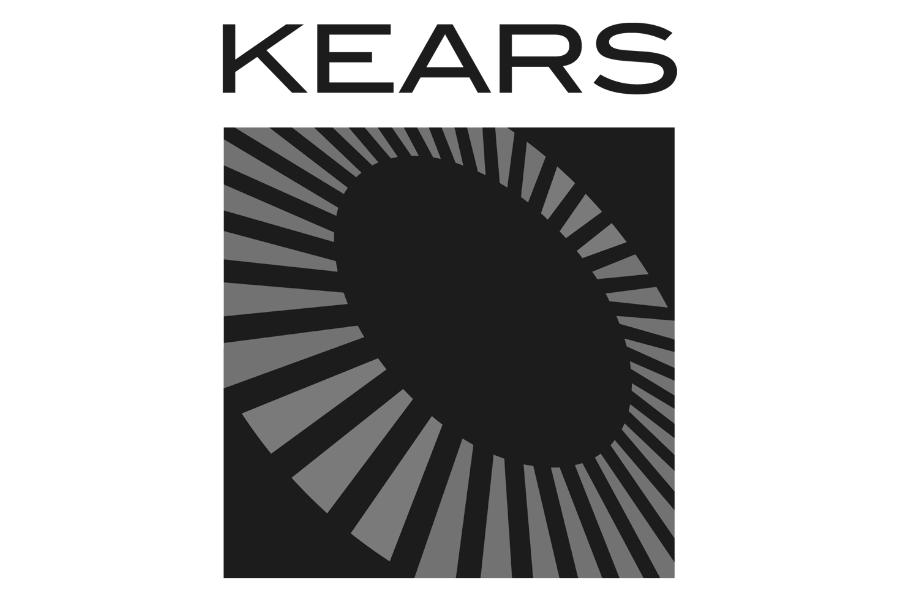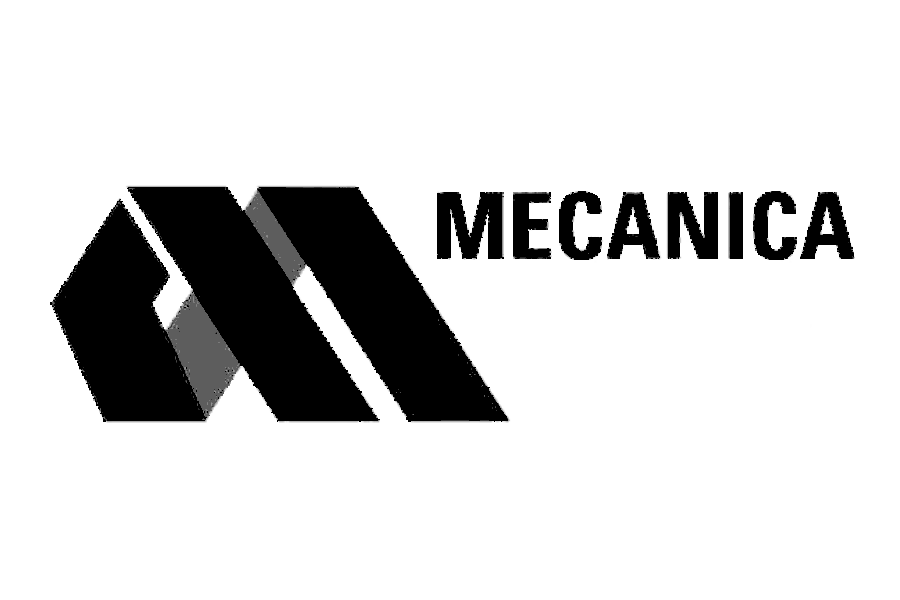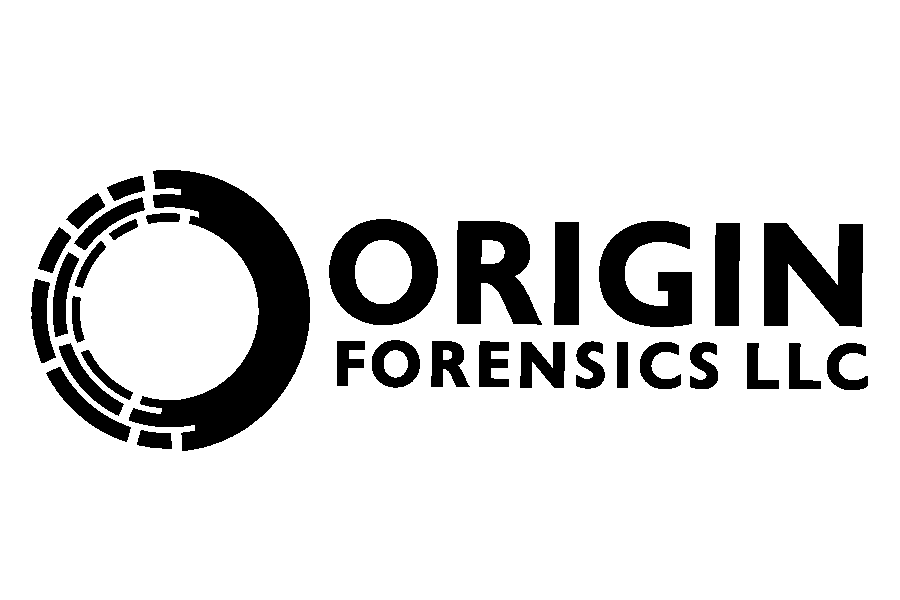Navigating ACTAR: The Ultimate Guide to Becoming an Accredited Reconstructionist
/I can still vividly recall December 3, 2007 - a date seared into my memory. I set out in my trusty Chevrolet Malibu (not bragging) on that winter New England morning to take the ACTAR examination. It was gray and snowing, but the half-plowed slushy streets were the least of my concerns as I made my way to the Natick Massachusetts Police Department. With knots in my stomach, a trunk full of reference material, and two straight months of studying the fundamentals at Northwestern under my belt, the upcoming exam was my sole focus. The morning session was smooth, the afternoon session chaotic…but two months later I was ecstatic to learn I had passed the test. A big add to my CV, which was especially helpful at that nascent stage in my career. Almost a decade later, I had the honor of joining ACTAR’s Governing Board of Directors. As someone who’s been through the process, my goal here is to consolidate a wealth of information about ACTAR into a single comprehensive resource, and to help those on their path to obtaining accreditation.
In conversations with fellow recons, I often find there is confusion and a lack of complete information regarding ACTAR, The Accreditation Commission for Traffic Accident Reconstruction. What’s the exam like? How should I study? Does being accredited help when trying to get a job or when testifying? Should I pursue accreditation even if I’m a Professional Engineer? Hopefully this article helps.
The Origin of ACTAR
Thanks to the generous assistance of Arnold Wheat, one of the original members of the GBOD (Governing Board of Directors), I was able to piece the origin story of ACTAR together, including some details that aren’t currently public knowledge.
It all started with David Seiler, a highway safety specialist for the National Highway Traffic Safety Administration (NHTSA). Seiler recognized the need to develop minimum training criteria for police engaged in traffic accident reconstruction and solicited proposals for said development. The Traffic Institute of Northwestern University was ultimately selected for the task, with the effort being led by Lynne Fricke and Roy Lucke.
Fricke assembled a panel of 18 experts: ten law enforcement officers, four engineers, a judge, a state attorney coordinator, and two representatives from the education sector. The panel gathered in Evanston, Illinois, in January of 1986 to create minimum training criteria and recommendations regarding related certification. The efforts of those experts resulted in NHTSA Report DTNH22-C-05120: Minimum Training Criteria for Police Traffic Accident Reconstructionists, published in March of 1987. If you’re interested in the history of accident reconstruction, I highly recommend checking out this document, which includes the CVs of all panelists and welcome letters to the selected panelists (which included Wheat) written by Lynne Fricke. The minimum training criteria are shown below, along with the recommended training hours for each topic.
So where did things go from there? Without internet forums or email, it was far more difficult to create an organization that would implement the recommendations of the NHTSA report. Wheat indicated conversations developed at industry conferences over the next few years, ultimately resulting in a meeting involving 13 industry professionals (including Seiler and Wheat) from 11 organizations at a hotel near O’Hare airport in September of 1990. After much discussion, the organization was initially called CAPTAR, the Commission on Accreditation of Police Traffic Accident Reconstructionists. However, the word “Police” was subsequently removed from the organization’s title in recognition that other professions must be included in the accreditation process, such as private recons, scientists, and engineers. Originally, The NHTSA intended to fund the organization, but they withdrew their administrative and financial support when it expanded to include engineers and private recons, as federal funds couldn't be used to benefit private businesses. As such, funding has since come from examination fees and continuing education unit (CEU) applications. Once the “P” was removed, the acronym CATAR remained. However, being so similar to CATAIR (Canadian Association of Technical Accident Investigators), things were ultimately rearranged to arrive at ACTAR.
Below, is the oldest photograph of a GBOD meeting available at the time of this writing (thanks to Arnold Wheat for finding it), from Philadelphia in 1996. Starting with the handsome gentleman with the tie in the back row and going clockwise: Dwain Friesen, Jim Rau, Jim Mentzer, Suzan McDaniel, Jim Hall, Bill Brandt, and Joe Montgomery. Present, but not visible: Stan Oglesby, Steve Benanti, Bob Squire, Dennis Augustyniak, Bill Brandt, Ray Knight, Gary Vencill, Chuck Pembleton, Charles Sulzbach, Ron Baade, Rusty Haight, Arnold Wheat, and Richard Chapman.
Since the original board members developed the inaugural examinations, they were not permitted to acquire full accreditation. Instead, they were offered a status of Qualified Accreditation after providing evidence of sufficient experience and training. Though, upon departure from The Board, the founding members could take the examination several years later to acquire Full Accreditation. All replacement members of the GBOD must be fully accredited before they can represent their organization. Approximately 5,000 reconstructionists around the world have participated in the ACTAR accreditation process since 1991 and nearly 1,400 possess active accreditation.
Why Become Accredited?
Becoming accredited is not an easy task, so why do it? I believe there are several reasons to take on the challenge.
Firstly, if you’re performing reconstructions that affect peoples’ lives, it’s important to demonstrate that you have the requisite skill, both for yourself and others. On the criminal side, your reconstruction might put someone behind bars, and on the civil side, your conclusions may help a jury make a multi-million-dollar decision. Either way, your work has a big impact on society and having an impartial organization approve your education, experience, and performance on a practical examination can bolster your confidence, that of your agency, and as we’ll discuss, that of the factfinders.
Acquiring accreditation also bolsters your resume, which has a few benefits. When trying to land a job, most employers look very favorably upon a candidate with ACTAR-accreditation, as it shows they understand the fundamentals of accident reconstruction and care enough to go through the uncomfortable process of taking the examination, which is no small feat. Similarly, when attorneys and potential clients are looking to hire a reconstructionist, they’ll often seek out an expert with accreditation for the same reasons, at times using ACTAR’s directory. Additionally, there’s little doubt an ACTAR-accredited expert will qualify to testify come trial.
Speaking of that, being accredited can often make testifying an easier and more enjoyable experience. It helps the judge understand your expertise, it helps the jury put their faith in your analysis, and it has a tendency to reduce cross-examination related to your background. One quick war story on that front: the very first time I testified at trial, my client asked the other expert on the stand if they were ACTAR-accredited, to which they replied, “Oh, no sir, I’m not. That’s the gold-standard.” That made it very easy for the jury to appreciate my credentials when I took the stand and told them I was accredited, which was very welcome since I was a nervous rookie. In that vein, a 2022 survey of over 450 ACTAR-accredited reconstructionists showed that 85% of respondents have discussed their ACTAR-accreditation at trial. Personally, as I almost always have influence on the direct examination questions, I discuss ACTAR in 100% of my court appearances.
That reminds me of an important point, just because a recon is ACTAR-accredited doesn’t mean their analysis is necessarily correct. Even ACTAR-accredited recons can get it wrong, and their conclusions should be scrutinized, and if warranted, challenged like anyone else’s.
One argument I often hear from engineers, and I am one, is that they don’t need ACTAR-accreditation because they have an engineering degree or a professional engineering license. I heartily disagree with this sentiment. I have bachelor’s and master’s degrees in mechanical engineering along with a Professional Engineering license. I’m proud of those credentials and I think the work required to obtain them gave me a very solid foundation for a career in accident reconstruction. However, without accident reconstruction specific training, I would not have the skills required to proficiently reconstruct a crash or pass the ACTAR examination. I wasn’t taught about interpreting damage, analyzing roadway evidence, establishing the area of impact, or calculating energy from crush until I attended Northwestern’s accident investigation and reconstruction courses (where I was lucky enough to spend some time with Lynn Fricke). An engineering program doesn’t teach you how to reconstruct a crash and obtaining a professional engineering license doesn’t verify you know how to reconstruct a crash. Though they both rely on scientific principles, they are distinct disciplines.
Hopefully this helps to understand why becoming ACTAR-accredited can be a benefit to your career in accident reconstruction. The survey mentioned above also showed that 96% of the 450+ respondents have found accreditation to be somewhat or very beneficial to their career, so my perspective seems to be widely shared.
Applying for Accreditation
Nice, we made it past the turbulent topics and now we’re on our way to some more matter-of-fact issues.
The first step to becoming accredited is to submit an application detailing your background. ACTAR quantitatively evaluates your background using a point system, and if you reach a threshold, you’re able to sit for an upcoming examination. If you don’t have significant training and/or experience, you’re not likely to qualify. Remember, ACTAR was spawned from the NHTSA report that generated the minimum training criteria shown above, so if you’re not trained or experienced in those topics, you’re not likely to be approved. The application can be submitted through their online portal here. Be prepared to submit the following:
Certificates from attended trainings
Degrees or diplomas
Employment history
Three references
Organization memberships
License info (if you’re a PE or a private investigator)
A list of your prior testimony
During the application process, you’ll create an account and have access to a dashboard where you can learn about the status of your application. You’ll also be notified by email once your application has been reviewed.
The Examination
You can take an examination as soon as you’re deemed eligible after submitting your application; though, I recommended submitting your application at least 60 days prior to the desired examination date to avoid disappointment. Additionally, I’ll caution you that this is not a test to be taken lightly. Take your time and make sure you put in the necessary preparatory efforts. For some people, it will take months to study and for others, they might be ready to hop right in, though the latter isn’t too likely. I took the test very shortly after spending eight solid weeks at Northwestern. As such, I only needed a quick brush-up before the exam. If you haven’t been in the trenches of recon for eight straight weeks though, it’s going to take a notable effort to get ready.
Make sure you know the fundamentals: conservation of energy, momentum, PDOF, crush, interpretation of evidence, how to diagram effectively, etc. ACTAR will provide you with this 12-page Examination Preparation Guide that details the exam topics, offers a few sample problems and discusses what materials and calculators are allowed in the exam room. Make sure to be intimately familiar with this guide before the exam.
The exam consists of two parts, a four-hour theoretical portion and a four-hour practical portion. As stated on the ACTAR website: “The Theory examination question formats include multiple choice, True/False and questions requiring mathematical calculations for a solution. The following topics: Airborne, Kinetic Energy, Momentum, Time and Distance, Tire Evidence, Change in Velocity, and Principal Direction of Force are presented in all format types. The following topics: Lamp Examination, Scene Examination, Scene Measurements, Tire Mark Evaluation, and Vehicle Evidence are presented in multiple choice and True/False format only.”
“The Practical, or Case Study, portion of the examination requires the candidate complete an accident reconstruction analysis based on problem data provided by ACTAR. The case problem is based on an instrumented crash test conducted by ACTAR. The examination will have objective and definitive answers rather than subjective answers based on the opinion of one reconstructionist or another as would be the case if the crash were drawn from someone's files.”
“The candidate will be given a scale diagram depicting the physical evidence documented at the scene of the crash, photos of the vehicles and other information in narrative form. Using this information, the candidate will analyze the crash, locate and draw scaled vehicle positions at specific points on their diagram and answer a series of questions regarding the crash.”
If you’re well educated, well prepared, and practiced (efficiency is key), you stand a good chance of passing the examination.
Preparing for the Examination
There are several resources available to help you prepare for the examination, and my goal is to put them all in one place below. Please email me if you’re aware of any resources that I fail to mention here.
Firstly, George Meinschein has a .io group dedicated to the examination and related preparation. I recommend you request access to the group to network with other people on the ACTAR journey. You will also gain access to templates and strategies on handling timing and reference materials. To request access, email George here. He also has a series of useful YouTube videos here.
Andy Rich is another talented reconstructionist who’s put a big effort into helping recons prep for the examination. He teaches two and three-day in-person prep classes with some regularity and also offers an online version of the course through IPTM, which can be found here. Andy also offers an an ACTAR Scenario-Based Questions Workbook to help prep for the morning session and an ACTAR Practical Test Workbook, which provides three practice reconstructions to sharpen your skills for the afternoon session.
Finally, Vic Craig, Editor of Accident Reconstruction Journal (ARJ), has an exam prep kit that can be purchased for $109, including shipping. ARJ also has a Test Your Skill segment in each issue that provides excellent practice problems. To order the ARJ kit, mail a check to:
Accident Reconstruction Journal
P.O. Box 233
Waldorf, MD 20604
When you’re ready to roll, you can find the list of upcoming examinations on the ACTAR site here. Let it rip, you got this!
Continuing Education
If you put in the work and all goes well, you’ll get a very happy package in the mail confirming your accreditation for the next five years. During that period, you must accrue 80 CEUs, where each CEU is equivalent to 50 minutes of approved training. Accident reconstruction is an evolving field and CEUs ensure you’re up to date on the latest and greatest techniques.
CEUs can be acquired in three ways: attending classes or conferences, publishing papers, or teaching. For the former, ACTAR has recently switched to a digital, QR-code-based system for conferences using i-Attend. Just whip out your phone when prompted by the organizers, scan the QR-code, and the appropriate number of CEUs will be applied to your account after the hosting entity satisfies the reporting requirements. For classes and smaller events, the instructor will generally pass around a sign-in sheet for ACTAR-accredited reconstructionists.
ACTAR-accredited reconstructionists checking in at my WREX2023 keynote presentation.
At Lightpoint, we offer ACTAR-approved courses, both in-person and online, related to motorcycle collision reconstruction, photogrammetry, and utilizing laser scan data in reconstruction analyses. Soon, we will be adding a plethora of online courses from the best in the business, and we expect those to be ACTAR-approved as well.
Continuing education units can also be acquired from reputable institutions such as Northwestern University’s Center for Public Safety and the Institute of Police Technology and Management. Vic Craig also publishes Upcoming Events in each ARJ, detailing many of the courses and conferences being offered over the upcoming six months. Many of those will be eligible for CEUs. As a side note, the best way to get a subscription to ARJ is to become a member of NAPARS, which is only $65 per year.
Finally, if you’d like to apply for CEUs related to teaching or writing a technical paper, a related application should be submitted as an Individual CEU Request through your dashboard.
Conclusion
ACTAR is a critical, worldwide organization that promotes professionalism and proficiency in accident reconstruction and gives practitioners the opportunity to demonstrate their expertise. Whether you're a seasoned expert or just beginning your journey, accreditation offers not only personal and professional validation, but also substantial advantages when testifying and seeking career opportunities. The application process and examination can be challenging, but the community and available resources make it an achievable goal. If you're contemplating pursuing this accreditation, I highly encourage it, as it's a journey worth taking for both your career and the broader goal of ensuring justice and accuracy in accident investigations.




